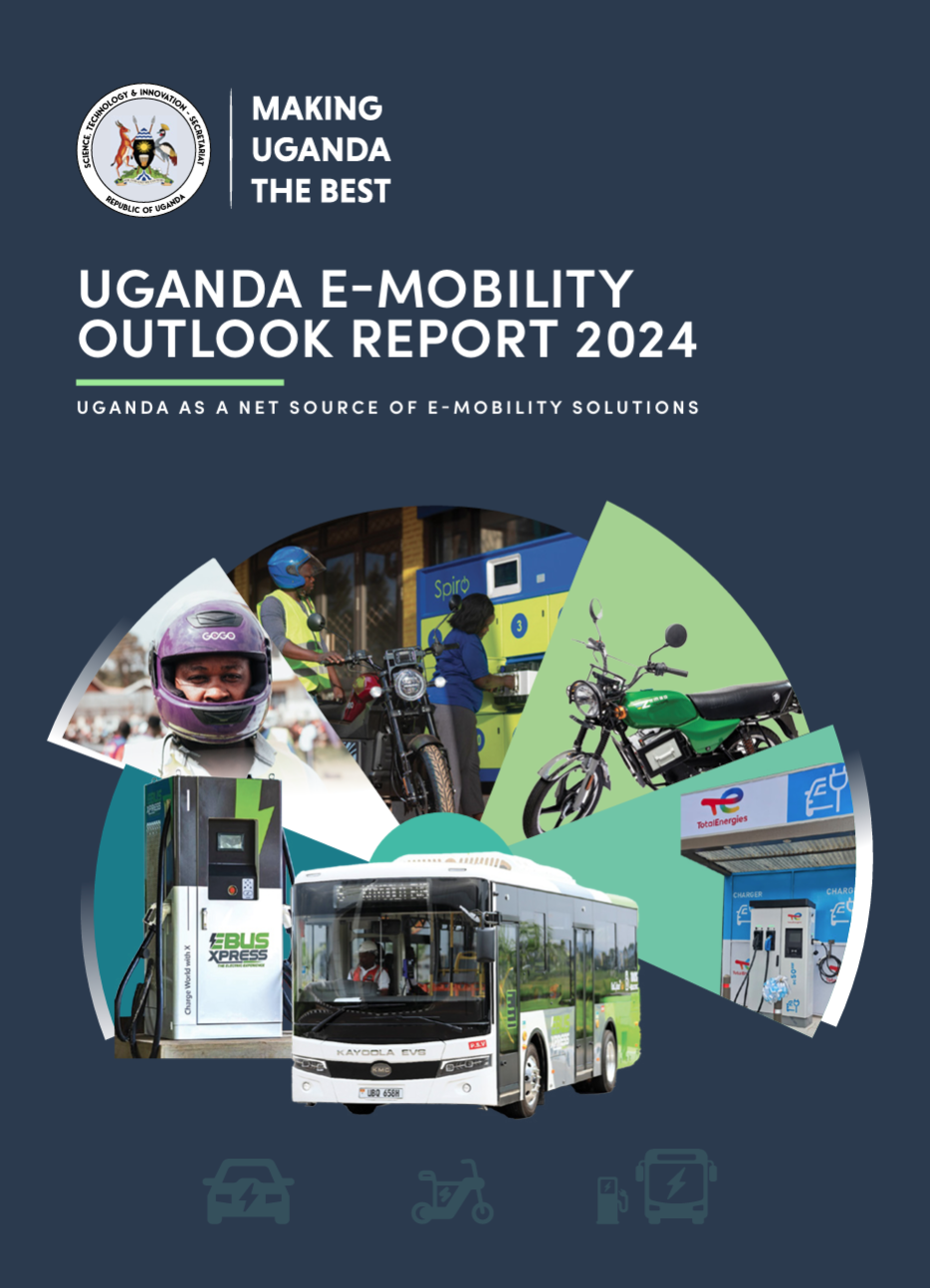When you drive through Kampala today, you might spot a boda boda humming quietly, with no exhaust fumes in sight. This is the face of Uganda’s green mobility revolution, as revealed by its 2024 Taxation and Access to E-Mobility Technologies report and the government’s ambitious e-mobility plan.
Far from a distant dream, electric transport is shifting from novelty to national priority, and Uganda is racing to lead the charge. But what does this mean for the rest of Africa?

A National Vision: Electric by 2040
By mid‑2024, Uganda had registered over 44 electric cars, opened its first two charging stations in Kampala, and even set a target of deploying 140,000 electric two‑wheelers.
The National E-Mobility Strategy aims to fully electrify public transport and motorcycles by 2030 and passenger vehicles by 2040, injecting $1.74 billion in the next five years to build infrastructure, localize manufacturing, and create a quarter-million green jobs
The stakes? Powering down emissions by 25%, adding 12.5% to GDP, and industrializing green tech, all while lessening the reliance on imports and aging combustion engines.
On the Ground: From Policy to Practice
Uganda’s success lies in more than promises; it’s backed by incentives, ecosystem building, and local pioneers.
- Tax breaks: Cut VAT and import duties on EVs and chargers to as low as 7–10%.
- Charging infrastructure: 3,500 stations and 10,000 fast chargers planned by 2040—but only two stations exist in Kampala today
- Local innovation: Kiira Motors built Africa’s first hybrid car and solar bus; Spiro and local startups like TotalEnergies-backed chargers and Electrify Africa are electrifying boda boda fleets
- Collaborative potential: Uganda is opening its green mobility factories to neighbors like Tanzania, signaling a regional value-chain strategy
What Uganda Means for the Continent
If Uganda succeeds, it could be Africa’s electric blueprint:
- Grid readiness unlocks EV scale: Uganda’s surplus hydropower could fuel fleets—if grid reliability improves
- Two- and three-wheelers lead the charge: Affordable EV bikes are emerging as the continent’s mobility backbone
- Local manufacturing fuels jobs: From Kiira buses to Spiro motos, domestic production is Africa’s path to industrial growth.
- Policy-first approach wins: Tax incentives, regulatory clarity, and ecosystem coordination are vital—sub-Saharan peers will watch closely
Looking Ahead: The Roadmap to Africa’s E-Mobility
- A rise in regional EV clusters across East Africa: Uganda, Kenya, and Rwanda imbued with policy alignment and shared manufacturing.
- A pivot to micro-mobility solutions: e-bikes, recharging hubs, and shared platforms as urban centers leapfrog to EV.
- An increase in public-private partnerships, forging digital-ready transport models with telcos, power utilities, and venture players.
- A new climate narrative: from emissions to empowerment, African-made EVs, built in Africa, for Africa.
Read the full Uganda report here to explore taxation reforms, infrastructure plans, and industry forecasts here